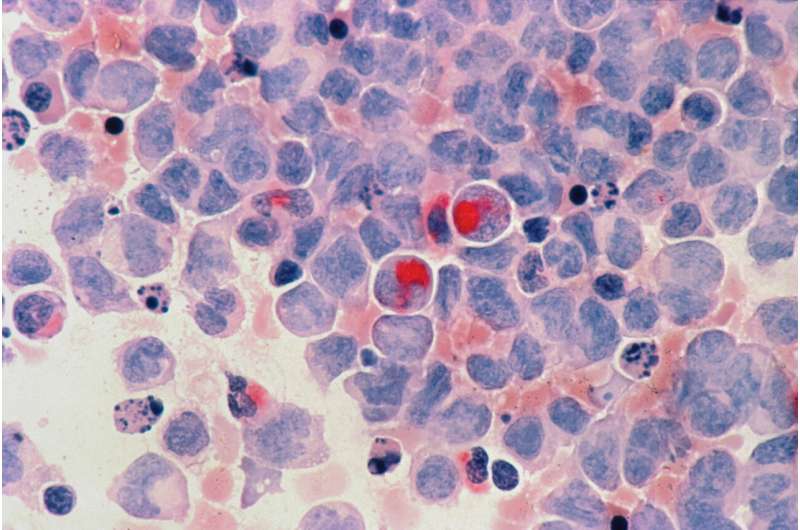Innovative 3D-Printed Scaffold Paves New Path for Spinal Cord Injury Recovery

A novel 3D-printed scaffold combined with stem cell therapy shows promising results in repairing spinal cord injuries and restoring nerve function in preclinical studies.
Researchers at the University of Minnesota have developed a groundbreaking method that combines 3D printing technology with stem cell biology to assist in repairing spinal cord injuries. For the first time, scientists have created a specialized scaffold using 3D printing, which mimics the structure of spinal tissue and contains microscopic channels. These channels are then populated with spinal neural progenitor cells (sNPCs), derived from human adult stem cells capable of dividing and maturing into nerve cells.
The 3D-printed scaffold acts as a guide, directing the growth of nerve fibers to bridge damaged areas of the spinal cord. This innovative approach effectively encourages nerve regeneration by creating a relay system within the spinal cord, bypassing the injury site. In experimental studies, the team transplanted these scaffolds into rats with completely severed spinal cords. Remarkably, the transplanted cells differentiated into neurons and extended nerve fibers in both upward and downward directions, establishing new connections with the existing nerve circuits.
Over time, the new nerve cells integrated seamlessly with the host tissue, leading to significant recovery of motor functions in the animal models. This promising advancement offers hope for future therapies targeting spinal cord injuries, which currently lack complete restorative options. The study, published in "Advanced Healthcare Materials," highlights the potential of combining 3D printing with regenerative medicine to develop personalized, lab-grown tissues that could revolutionize treatment for spinal cord damage.
The research team aims to refine this technology further and explore clinical applications. Experts emphasize that while still in early stages, this innovative approach could eventually lead to effective treatments, restoring mobility and function for individuals affected by spinal cord injuries.
Source: https://medicalxpress.com/news/2025-08-3d-scaffold-spinal-cord-injury.html
Stay Updated with Mia's Feed
Get the latest health & wellness insights delivered straight to your inbox.
Related Articles
The Impact of Childhood Maltreatment on Biological Aging and Social Development
Research reveals that childhood maltreatment accelerates biological aging and impairs social attention in young children, highlighting the need for early detection and intervention strategies.
Higher Rates of Leg Amputation Due to Arterial Disease in Disadvantaged Communities
A new study reveals that leg amputations caused by arterial disease are four times more common in disadvantaged communities in England, highlighting significant health inequalities and the urgent need for targeted prevention efforts.
Innovative Dual-Drug Approach Shows Potential in Treating Aggressive Leukemia
A new combination therapy using Menin inhibitors and a novel drug shows promise in treating aggressive forms of acute myeloid leukemia, potentially improving patient outcomes and overcoming drug resistance.
Fact Check: RFK Jr.'s Claims About mRNA Vaccines Lack Scientific Support
Debunking RFK Jr.'s claims, this article reviews scientific evidence supporting the effectiveness of mRNA vaccines in preventing severe COVID-19 outcomes and clarifies misconceptions about their ability to block all respiratory infections.



